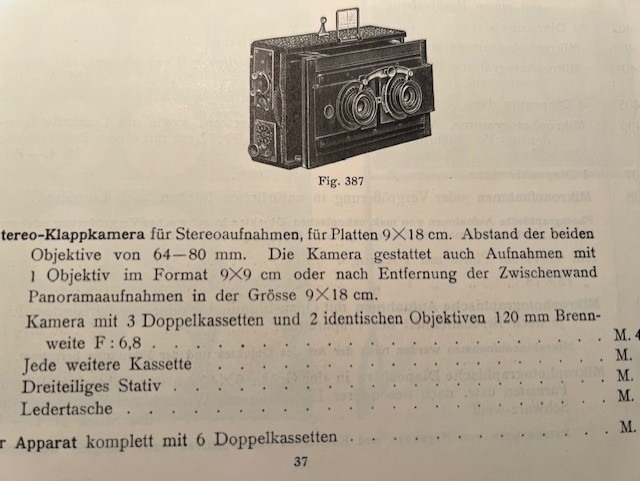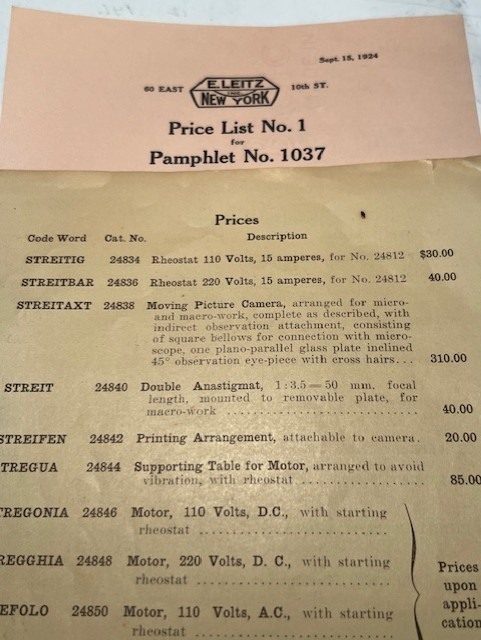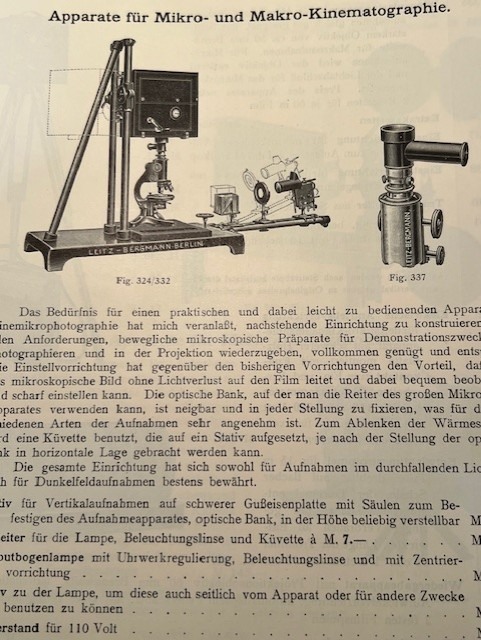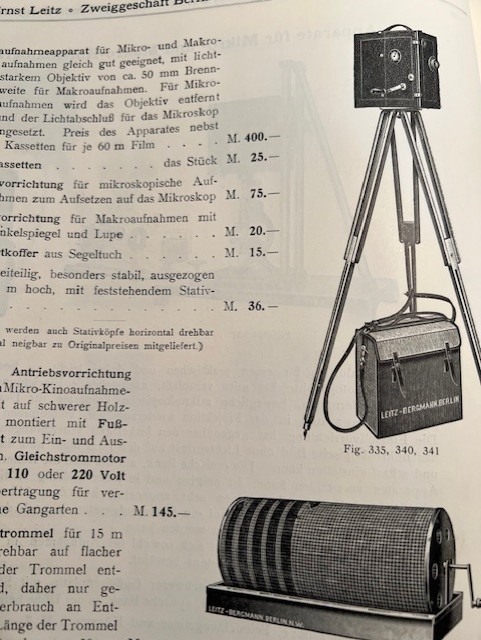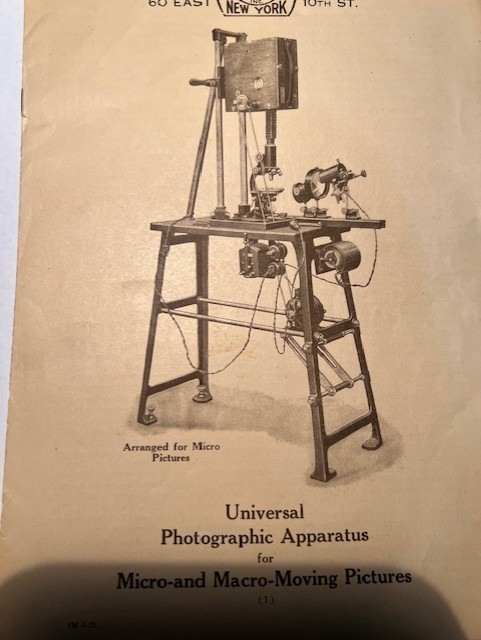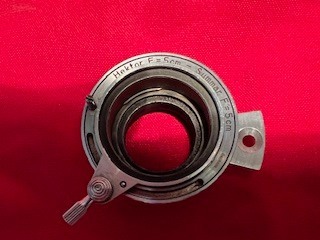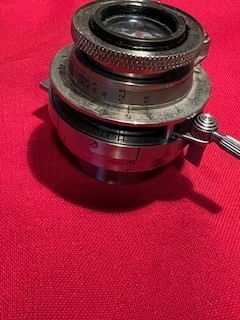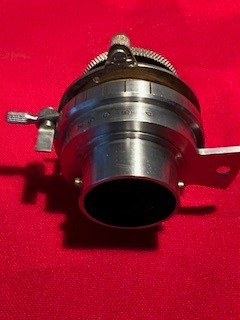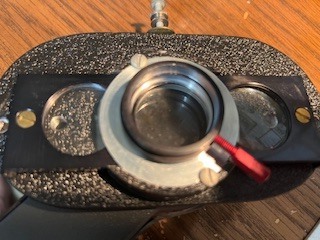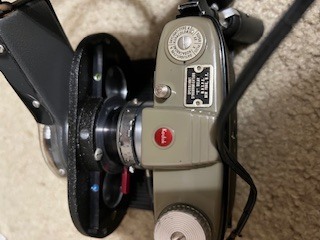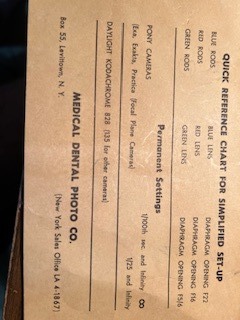
alan mcfall
Members-
Posts
823 -
Joined
-
Last visited
Profile Information
-
Member Title
fortgeschrittener Sammler
-
Country
USA
Recent Profile Visitors
2,992 profile views
-
If you insert the stuck adapter that is on the screw mount lens into the 16596, red dot to red dot and then only turn the lens counter clockwise to unscrew the lens, you will not engage the 16596 button lock pin, as it is activated by turning the lens with bayonet adaper, clockwise. Plus it is then easier to remove the loose bayonet adapter from the 16596 as it is not "locked" in place.
-
Interesting, your lens looks to be serial 578435, I have lens 578436 the next higher serial. I'm not sure if it is coated, but would like to know what the delivery ledger states. I do have 587220 which does seem to have a blue coating.
-
Giant Leica III wooden display
alan mcfall replied to estenopo's topic in Leica Collectors & Historica
Another wood camera with"Leica" features, 19 cm wide. Has a metal lens that rotates, with some markings as shown. I expect it is a homemade project, definitely not Leitz. -
Giant Leica III wooden display
alan mcfall replied to estenopo's topic in Leica Collectors & Historica
My wood M3. And a photo of the Jacob sisters ( see Wikipedia for their history) possibly in Frankfort in 1957/58. -
Where have the Leitz Klapp Cameras all gone?
alan mcfall replied to Ambro51's topic in Leica Collectors & Historica
-
The New York Moving Picture brochure is dated May 1923 and is Pamphlet No. 1037. A 1924 price list is included. Total cost of the apparatus, not including microscope, approached $800, not a small sum in 1920's. Much is made in the text, that the device is relatively new (perhaps earlier versions existed), and notes that the motor/belt drive is more smooth than the crank drive As noted by Paul, there are many questions. Was it made by Wetzlar or New York, or maybe the camera in Germany and the stand in New York? The New York office ( 5 or 6 locations over the years) seemed to generate quite a few products on their own, whether these were approved or assisted by Wetzlar is often not clear. I have a Lie Detector (in eaarlier posts) made by Leitz New York and of course the RIFLE and M motor drives are interesting, the sliding copying attachment and New York flash are more examples. Van Hasbroeck has a lengthy list of New York "produced" accessories on page 271. I am not aware of any other sales offices arround the world, involved with so many self-initiated Leitz items. Also, confusing to me is the, Headquarters to other country sales offices, arrangement regarding printed material. I know that Wetzlar made frequent use of publishing houses in Frankfort. But, the translation of languages and the numbering of materials (such as this No. 1037), must have at least required the approval of Wetzlar. When New York wanted a new code word, such as VIOAD or VACUB, did they request it? One would assume that Leitz would be strict with regard to their name and products. As to the moving picture camera, I have found another apparatus using what appears to be the identical camera in the Franz Bergmann Berlin catalog. At over 500 pages, this hard cover book contains what appears to be all Leitz scientific products, but no mention the the 35mm Leica. A stamp inside the cover states that the listed prices are pre-war and no longer valid and a 1930 price list is inserted at the end. See next photo: The hand crank is shown, and a 45 degree partial silvered mirror is discussed for focusing. Exposure, again as noted above, would not be easy, especially with carbon arc lighting. So, it would seem that the camera was not a New York exclusive.
-
-
Please see the this forum posts, starting March 13, 2017 for previous analysis of the long based rangefinders, FODIS and FOFER. Just use the forum search function.
-
Leitz used telegraph codes well before the Leica camera. In 8 Leitz catalogs I have, between 1870 and 1903, no codes were used. Understandable. By 1923 catalogs and price lists often used the codes. The May 1925 catalog, of the Leica camera, showed 12 telegraph codes, by 1927 42 codes, and by 1929 65 codes. And we have long known the FODIS ( actual code is FODUA) rangefinder was available before the Leica camera. A 1923 catalog (see photo), at least thru 1929, Leitz used code words longer than 5 letters. This seems to be mostly for items other than leica cameras and accessories. I have seen codes from 6 up to 10 letters. Most of us have heard of the MIFLMCA camera. Binoculars used codes such as BINUXIT. Often the base product code was 5 letters, but the various versions with attachments had more letters added. If you wanted a SLEDGE microtome, you ordered a TIMOR, if you wanted this same apparatus with a special clamp, you ordered TIMORTREPE. After the war, Leitz offered a wide range of Optical Measuring Instruments, see photo of 76 page catalog. All codes were 5 letters. The 1929 Leitz catalog of most all company products is 290 pages, the offering of the Leica camera occupies just one page. I would be surprised if the leica camera made money for the company before 1929/30. Most catalogs that use codes have instructions in the forward, that say using the codes is preferred and will result in reduced errors. I agree that in the beginning of the camera codes, there was an attempt at using logic, cameras Lxxxx, Filters and Film, Fxxxx, leather cases Exxxx and so on, but eventually the proliferation of products made the association more difficult.
-
Over the years, I've added a few of these to my collection. SDOOG, variations include, nickel vs. Chrome finish, 1/4 vs 3/8 thread and lettering with Block "Ernst Leitz Wetzlar" vs the standard condenser logo containing E. Leitz Wetzlar. The nickle ones seem more common than chrome, even though production continued into the early 50's. Unfortunately, I am also missing 2 top plates, one nickel and one chrome. Also shown is the ZTNOO adapter to convert 1/4 to 3/8 thread or also the other way.
-
I have this adapter engraved: Hektor F=5cm, Summar F=5cm. Infinity to 1ft 3 inches focus scale, and germany. Reportedly code CINKO for cine-Kodak, but I have never found this code listed. The rear mount seems to be for the kodak cine special I 16mm movie camera, as it has the two pins (called Kodak "M" mount) seen on some cine linses for this camera. Mid 1930's, same as the Hektor/Summar. Photos shows the 50mm Hektor mounted using the rear bayonet of the lens tube. Has anyone came across this before? It doesn't seem to be listed in any Leitz literature. Who might have made it? Did Leitz approve the use of their names Hektor and Summar? Leitz lenses were highly regarded, but a 50 Hektor as a cine lens?
-
An early production Leica II
alan mcfall replied to Giuliobigazzi's topic in Leica Collectors & Historica
A Ic that I have is: 71171 My early II's are: 71246 II 71277 II 71853 II 72210 II I have 73 Model II's, which I think is enough! I focus on the early ones, the black and chrome ones, and the post war ones. -
Conversions, upgrades, modiefied ones
alan mcfall replied to romanus53's topic in Leica Collectors & Historica
Original IIF, 1952. GMBH was a little later. I have IIF 613243 and it still has the DRP -
Nicht immer nur Kaviar ... (English Version)
alan mcfall replied to Ambro51's topic in Leica Collectors & Historica
Looking further into my above post, has taken me into the field of dental photography. Of course, Leitz has a long history of offering products and techniques for scientific and medical photography. From the microscope plate cameras of the 1800's to modern digital devices, there were many technological break-throughs and advances. An interesting book of the pre war methods is "Die Leica in Beruf und Wissenschaft" by Heinrich Stockler, 1941. In the chapter on Zahnarztliche Fogografie, we see the leica model iii, PLOOT, PAMOO, 90 elmar and bright lights. The Leica Manuals, 1935-1972, all have sections on Dental photography. One significant break through was the gas tube flash, perhaps extending from the early work of Edgerton, the 1950's saw an explosion of applications. In one instance, Lester A. Dine patented a circular ring flash and started a company, Medical Dental Photo Co., in New York. Their first cameras used Kodak Pony, Exa, Exakta, Practica and in some cases leica cameras. They are still in business, now Florida, with modern digital equipment. I have one of their early outfits based on the Pony. The existing Kodak Anaston 51mm f 4.5 lens is used, there are 3 magnification filters the ring flash light and power supplies. There are red, blue and green rods to set the focus distance. The leica camera can be adapted in various ways with the PLOOT or Micro Ibsor. Poloroid cameras were also popular in their time of use. Today, when I go to the dentist, everything including the digitized x-rays are on a large TV screen during a procedure. I expect a few forum members are dentist and have their own stories.






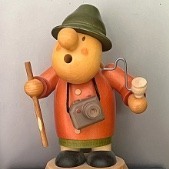

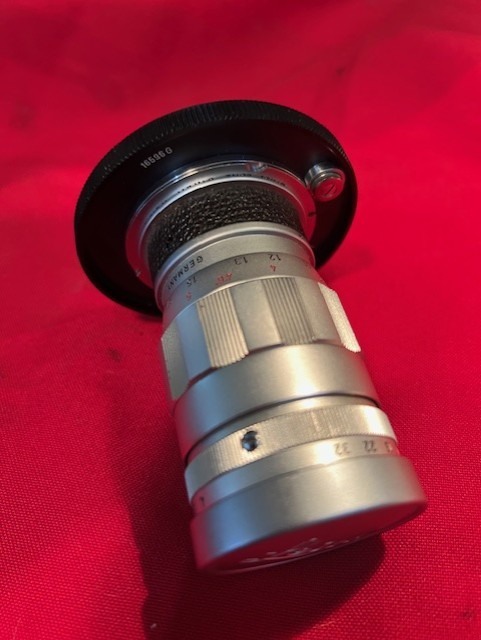

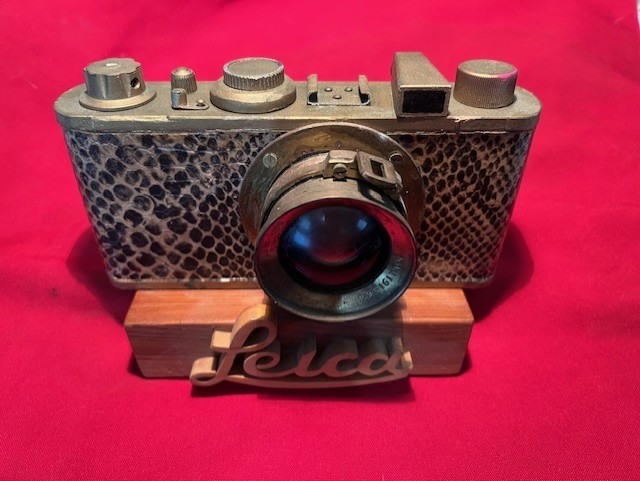
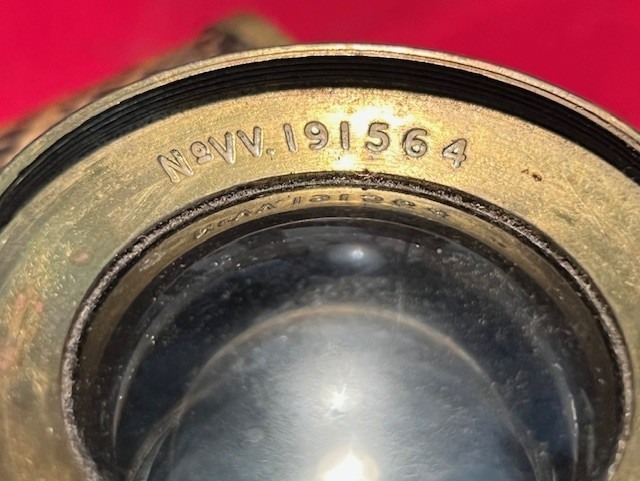
.jpg.5e921a8c38bf8a6b8f26b8371fe62aa0.jpg)


